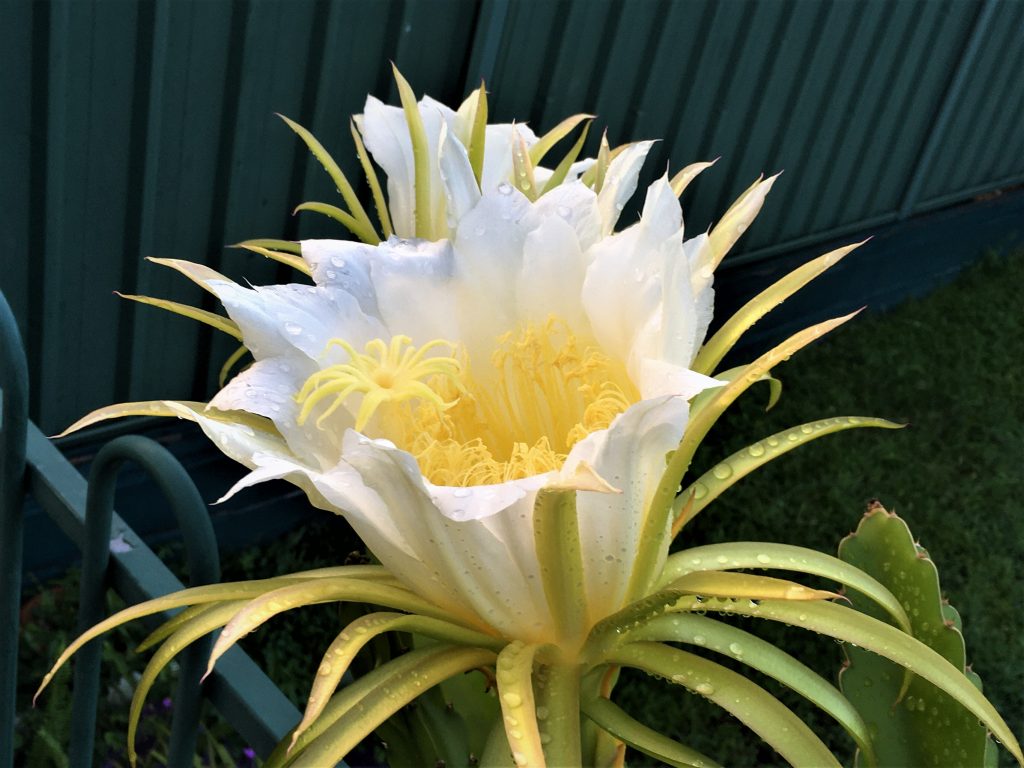In the third stage, meditation, we gradually develop the prajna of realization, the transcendental knowledge that sees directly the true nature of mind and all phenomena.
This is the realization that gives birth to egoless compassion – the pure heart of love for all beings.
This is also known as absolute bodhichitta, the union of compassion and emptiness, in which compassion manifests spontaneously, unconditionally and without bias.
In the Buddhist path, many methods of meditation are taught, but all are essentially included in its two most fundamental practices, shamatha and vipashyana.
Shamatha Meditation
We train first in shamatha, which means “calm abiding.” Shamatha meditation is a practice that supports the development of a stable, one-pointed concentration, which brings the mind to a state of peace and tranquility. Thus, it is also known as “resting meditation.”
Our habitual agitation is characterized by restlessness and dissatisfaction. The mindfulness and awareness developed in shamatha meditation illuminate and tame this agitation. Our obsessive concern with past and future are pacified, and we can rest wakefully and at peace in the present.
Vipashyana Meditation
Once we can rest in a state of non-distraction, we begin training in the practice of vipashyana. Vipashyana means “clear seeing” or “superior seeing.”
Fundamentally, it consists of methods that bring about the recognition of the nature of mind, and is marked by a sense of openness and spaciousness.
Mind’s natural clarity becomes more brilliant, and we discover the state of self-existing liberation that is the actual remedy for our suffering and the suffering of others.
According to Milarepa, meditation is not meditating on anything; rather, it is simply a process of familiarization – familiarizing ourselves with the nature of our mind. The actual practice of meditation is to go beyond concept and simply rest in the state of nondual experience. The ability to rest in that way comes from contemplation, from analytical meditation, which gradually leads us to the stage of nonconceptual meditation.
Thus, meditation is the actual cause that produces the genuine prajna of realization.
Milarepa said that true realization is like a clear, open sky, or like vast space that is unchanging. Once you have reached the level of realization, that realization is always the same. It does not come and go like the morning mist.
It is helpful to note that Padmasambhava’s comprehensive instructions for meditation differentiate practices that are associated with the natural bardo of this life from those that are linked to the bardo of meditation. What is the basis for this distinction?
The bardo of meditation occurs within the natural bardo of this life, and all of our practices are therefore part of our experience of this bardo.
However, according to the system of the six bardos, the actual experience of the bardo of meditation occurs when we are not only resting in a state of peace and tranquility, but also resting directly in a state of nonconceptual awareness. The bardo of meditation therefore is associated with the practice of vipashyana.
For the natural bardo of this life, we begin our training in meditation with the foundational practices called the four common and four uncommon preliminaries. This is the training that prepares us for the main practice of shamatha which follows. In addition, Padmasambhava’s instructions include the practice of deity yoga, which is briefly mentioned here and which is presented in detail in the chapter on the bardo of becoming, the bardo with which it is most closely linked.
Source: Ponlop, Dzogchen. Mind Beyond Death. Shambhala Publications. Kindle Edition.

In the third stage, meditation, we gradually develop the prajna of realization, the transcendental knowledge that sees directly the true nature of mind and all phenomena.
This is the realization that gives birth to egoless compassion – the pure heart of love for all beings.
(Dzogchen Ponlop)
